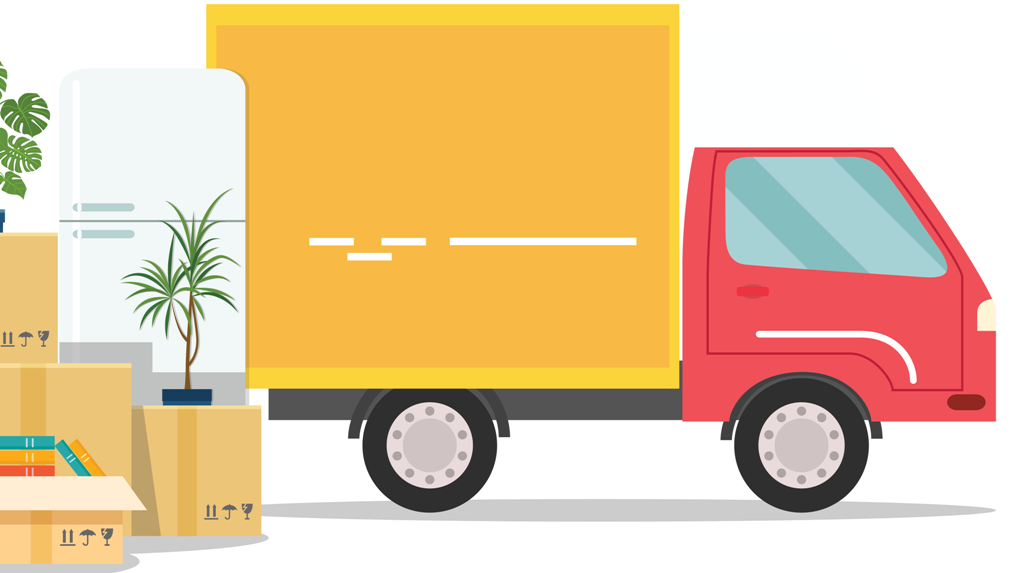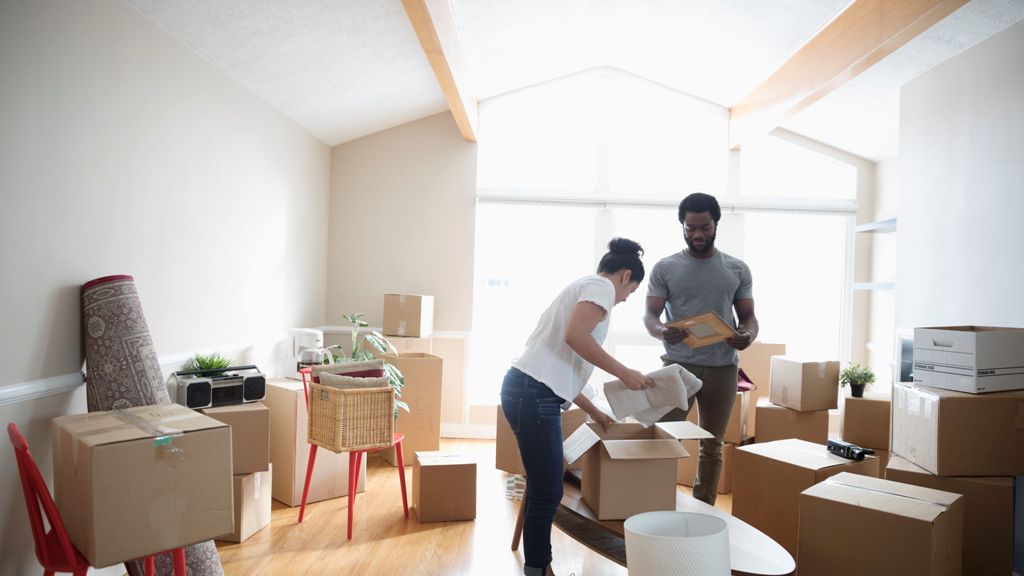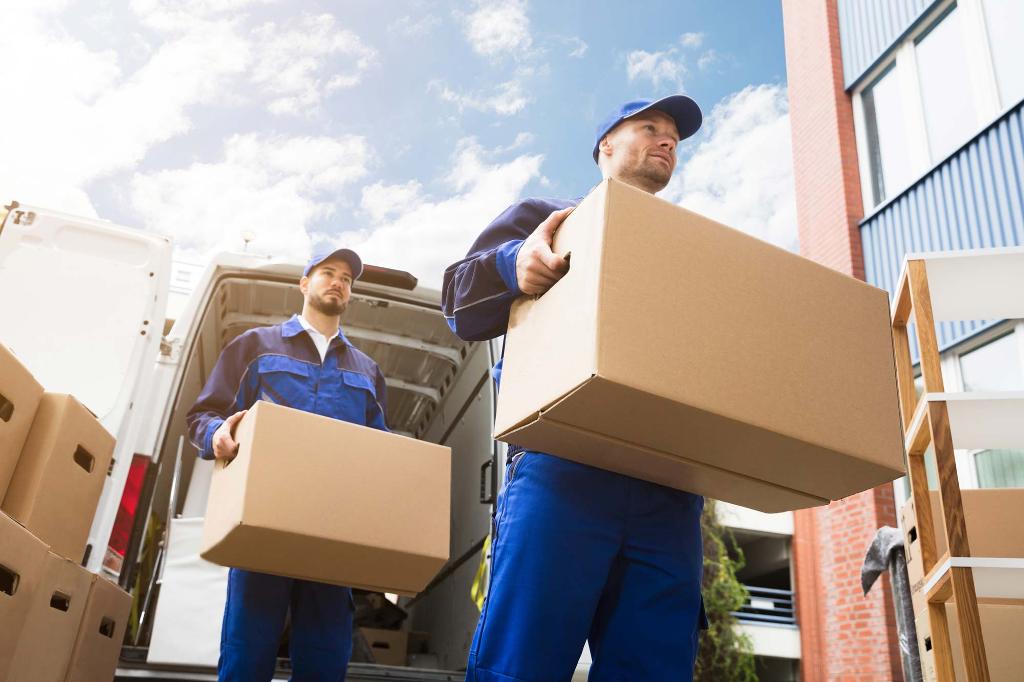Was it a dream purchase, or an expensive mistake?
Todd had just signed the lease on his new apartment, a historic Brooklyn building. Spending a large chunk of his savings on an oversized sofa, he could hardly wait to see what they’d look like inside his new place.
However, on moving day, the movers weren’t able to get the large couch up the narrow staircase. Having to leave his expensive dream couch on the curb, Todd had to spend even more money to buy a small futon that would fit up the stairs.
When you don’t know how to move long distances, even the most innocent decisions can cause you major problems. Luckily, with the right knowledge and preparation, even a novice can have a smooth moving experience.
Are you getting ready to move somewhere far away, but, you’re not sure the best way to do it? Read on to learn the best tips for moving across long distances.
How to Move Long Distance
As you begin to learn how to move long distances, you’ll probably realize that there are a lot more steps involved than you originally thought. Many of the steps to help with your move are things you’ll need to do before you start packing up.

Here’s a quick pre-pack checklist to prepare you for the long haul:
- Insure Your Belongings
- Inspect Your Furniture
- Create An Inventory List
- Throw Away Unnecessary Items
- Label Boxes
To have a successful long-distance move, you have to accept that the entire process is going to take a good chunk of time. First, you’ll want to start by making sure you properly insure all of your expensive belongings, like furniture and electronics.
Pre-Packing Tips
Every single item you choose to move with you is going to cost you money. Take a moment to see if there’s anything you have now, that you don’t need to carry with you into your new life.
Get rid of items by putting them in 1 of 3 piles; a sell pile, garbage pile, and donate pile. Once you’re sure you’ve gotten rid of everything you don’t want, you’ll be ready to start inspecting your furniture.
Inspect Your Furniture
Make sure that any furniture pieces your bringing will fit up the stairs, and through the door, of your new home. There are 6 mistakes people make when buying furniture. One of them is to buy furniture pieces that don’t suit their lifestyle, and barely ever get used.
If this is the case for you, now’s also the time to donate any of the furniture pieces that you regret ever buying in the first place. You can also look over both your indoor and outdoor furniture, to see if you find any scratches, knicks, or other signs of damage.
If you have cheap pieces of furniture or pieces with a lot of damage, consider donating them, rather than paying to bring them with you.
If you have outdoor furniture, double-check it for any signs of insects or larvae. Depending on where you’re moving, they could have strict rules about transporting insects into their territory. Not to mention, you don’t want to pay to move any creepy crawlies into your new home.
Choose A Reputable Moving Company
Moving companies are available anywhere, but finding the most reputable and trustworthy one might be difficult. Therefore, it’s a great idea to do some research first and follow criteria that will help you decide if a specific moving company will ensure a hassle-free process. Here are some you should consider:
- A large and established company. For long-distance movers, it’s important to hire an experienced company as it has spent several years training staff and improving service. Also, when crossing state borders, some companies are required to have additional paperwork and licenses. Large companies have already prepared such requirements, so you don’t need to worry about your belongings arriving late.
- Licensed and insured movers. Usually, moving companies display their FMCSA license number in plain sight and immediately explain their insurance options. However, if you want to take extra caution, you may also check a company’s license on the website of the Federal Motor Carrier Safety Administration, proper accreditation with the Better Business Bureau, or active membership with the Federal Motor Carrier Safety Administration’s website.
Decide On The Date Wisely
Most people tend to move during peak times such as summertime. As a result, they have to pay more as trucks are much more costly during such time. If you’re on a tight budget, it’s better to move during the off-season, particularly sometime between September and May.
Also, as much as possible, avoid moving at the very beginning or end of the month as it’s the busiest time of the month. Instead, consider moving in the middle of the month on a weekday to save a few dollars.
Create an Inventory List
After inspecting, insuring, and photographing your belongings, you’re ready to make an inventory list. Make sure you’re very thorough when creating your list, and include every single thing you’ll be bringing with you.
We suggest having your inventory list easily accessible, so you can add to it with ease as things pop into your mind. For example, you could save a copy of your inventory list in your smartphone, and add to it throughout the day as you think of things.
Your list will go a long way in helping you keep track of everything, while also determine how much it’ll cost to move everything. For example, if you hire apartment movers, they’ll want to know exactly how much stuff you have before they give you a price quote.
Documenting Expensive Belongings
Next, you should also take photographs of your furniture and electronics, this way you’ll be able to prove the condition it was in before the move. The more you know about the condition of your valuables now, the easier it’ll be to file a claim if damage occurs during the move.
If you’re using a moving company, having proof of your furniture’s condition will also help in the event a hired mover damages your furniture.
Packing Your Belongings
After making your inventory list, you’re now ready to start packing up your belongings. While it may be tempting to start packing everything at once, be careful to leave things you’ll need out, until the very last minute.
We find it works best if you pack things you need now, or will need once you arrive, in a separate bag. To pack your separate bag, think about what type of things you’ll want to do during the move, and once you get into your new home.

For example, if you’ll want to take a shower when you get to your house, put your showering essentials in a backpack, or small carrying bag. You can also have a couple of different outfits in a separate bag, just in case the move takes longer than you expect and you need to change clothes. Finally, it’s always a good idea to have a roll of toilet paper in your to-go bag.
Labeling Boxes
While you might think you’ll be able to remember what’s in what box, the truth is that once everything is out of sight, you probably won’t have a clue what’s where.
That’s why, when you’re putting your belongings in boxes, you should have a list on the outside of the box that states what’s inside. Next, each box should have the name of the room you want it to go in, once the box arrives at your new house.
Celebrate Your Move
Now you know more about how to move long distances, in an organized and efficient way. When you take your time, during the pre-packing, and packing stages, the entire moving experience becomes easier.
Once you arrive at your new residence, don’t hesitate to start decorating your interior, and making it your own. For the best interior decorating ideas, check out the articles in our Indoor section.






